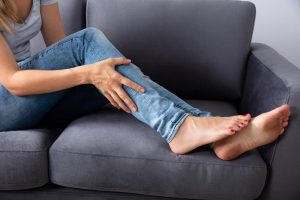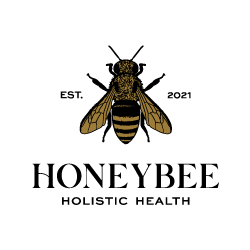 Sprains and strains are common types of soft tissue injuries that can affect anyone, from athletes to those who lead sedentary lifestyles. Sprains occur when you stretch a ligament attached to a joint while strains occur when you stretch a muscle or tendon too far or put too much pressure on it.
Sprains and strains are common types of soft tissue injuries that can affect anyone, from athletes to those who lead sedentary lifestyles. Sprains occur when you stretch a ligament attached to a joint while strains occur when you stretch a muscle or tendon too far or put too much pressure on it.
Recovery from a sprain or strain can take a few weeks, depending on the severity of the injury, any subsequent injuries or issues such as weakness, stiffness, poor balance or function, and the general health of the person. Here are some tips on how to deal with minor sprains and strains at home. You will need medical attention if symptoms and pain persist.
Rest
If you’ve suffered a sprain or strain, the first thing you should do is to stop any activity that caused the injury. Resting the affected area is crucial to prevent further damage and allow the injured tissue to heal. If the injury is to your leg, your doctor may also recommend that you use crutches to avoid bearing weight.
Ice
The second step in treating a sprain or strain is to apply ice to the affected area. Use cold packs for 20 minutes at a time, several times a day. Do not apply ice directly to the skin. You can wrap ice packs in a thin towel or cloth before applying them to the affected area. Ice helps to reduce swelling and pain by constricting blood vessels and decreasing blood flow to the area.
Compression
To prevent additional swelling and blood loss, wear an elastic compression bandage. Compression helps to provide support to the affected area and reduce swelling by constricting the blood vessels. However, it is essential to note that the compression bandage should not be too tight as it may cause further damage to the tissue.
Elevation
Elevating the affected area above your heart level helps to reduce swelling by allowing gravity to assist with the drainage of excess fluid from the injured tissue. It is recommended to elevate the affected area for at least 20 minutes several times a day.
Medication
Over-the-counter pain medications such as ibuprofen (Advil, Motrin), acetaminophen (Tylenol), or aspirin can help to relieve pain and reduce inflammation. However, it is crucial to consult your doctor or pharmacist before taking any medications, as they can sometimes disrupt the healing of soft tissue injuries.
Avoid Heat
Avoid heat, alcohol, running, and massage of the affected area in the first 72 hours after the injury, as this can increase swelling. Applying heat to the affected area can cause the blood vessels to dilate, leading to increased blood flow and swelling.
Seek Medical Attention
If your symptoms get worse in the first 24 hours, or if you experience severe pain, fever, or open cuts, seek medical attention. All but the most minor strains and sprains should be evaluated by a doctor. Consult a doctor as soon as possible if there are symptoms of a possible broken bone. There is a “popping” sound with the injury, the person cannot move the injured joint or limb or bear weight on it, or the limb buckles when the injured joint is used.
Rehabilitation Exercises
Rehabilitation exercises can help to speed up the healing process and prevent recurring injuries. Under the guidance of your doctor or physiotherapist, exercises can promote healing, strength, and flexibility. Simple exercises can also relieve pain and restore mobility.
Manual Techniques
Manual techniques such as mobilization and massage can help to relieve pain and promote the healing of soft tissue injuries. These techniques involve the application of pressure to the affected area to reduce muscle tension and alleviate pain.
Surgery
In severe cases, surgery may be required to repair torn ligaments or tendons. Surgically repaired grade III injuries will require significant treatment to regain strength and function. Whether you have surgery, or a period of immobilization and physical therapy, as the treatment for a grade III injury, medium to long-term functional outcomes are similar for either treatment.
Sprains and strains are common types of soft tissue injuries that can affect anyone. If your symptoms persist or get worse, it’s crucial to seek medical attention to prevent permanent damage to the soft tissues.
Contact Us (727-312-1262) To Learn More!
—
 About Honeybee Holistic Health
About Honeybee Holistic Health
Honeybee Holistic Health strongly believes in a holistic, organic, and integrative model of care where the patient is the center of all decisions. Our approach is to empower each one of our patients to heal themselves and to make informed, autonomous decisions in their plan of care. This is approached by integrating modern medicine with well-studied homeopathic treatment options when appropriate.

 About Honeybee Holistic Health
About Honeybee Holistic Health